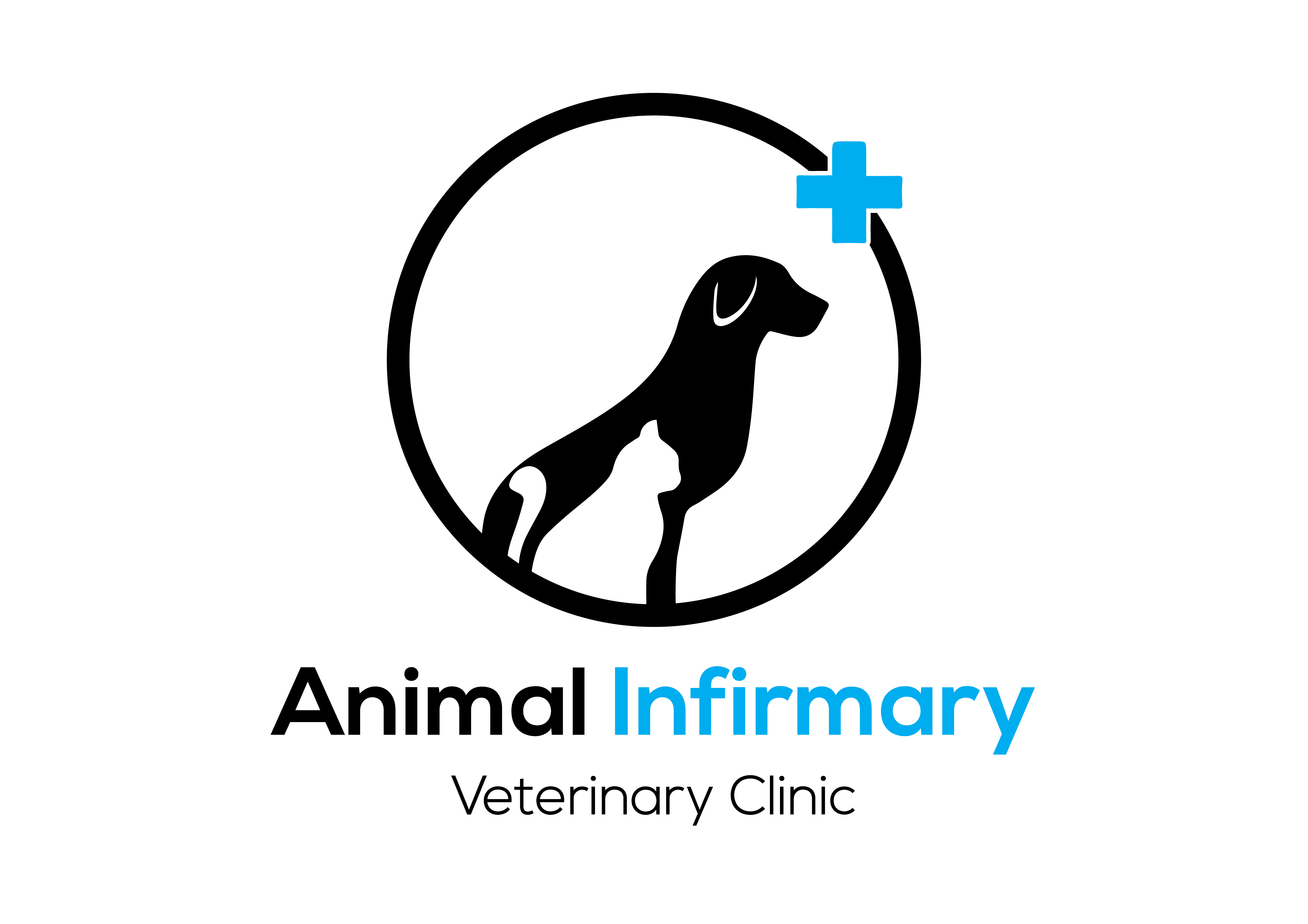Animals like to play with things and play often involves chewing. Chewing leads to accidental swallowing and from there potential disaster can ensue. Pets of any age will play with toys but it is generally the youngsters who get into trouble with foreign bodies. Common objects (foreign bodies) that are swallowed include corn cobs, balls, socks, underwear, jewelry, toys, plastic bags (especially if there has been food inside), sewing Needles and fish hooks.
The list goes on. Playing escalates to chewing which escalates to swallowing, or the foreign object may be mistaken for food outright and swallowed. Often these objects will pass out the other end in a day or two, though it is possible for a small object to rattle around inside the stomach without passing for weeks. If the object does not pass and causes obstruction or partial obstruction, surgery will be needed to remove it. Prompt diagnosis allows for prompt removal of the foreign body before the bowel is badly damaged. In more advanced situations, sections of damaged bowel must be removed and in the worst possible scenario, the intestine breaks open spilling bacteria and digested food throughout the abdomen. This latter possibility is associated with very high mortality and is to be avoided at all costs

Symptoms
The foreign body patient develops a poor appetite and vomiting fairly quickly. Listlessness comes soon after. Pain may be difficult to recognize and may simply appear as listlessness. The sooner the patient is evaluated by the doctor, the better.
Diagnosis
Foreign body is particularly difficult to diagnose.Strings are too small to see on radiographs and cloth does not show up on radiographs. Frequently the only hint is evidence of plication on the radiograph or by ultrasound and even then the pattern is likely not going to be definitive. The decision to go to surgery is likely going to have to be made based on how sick the patient looksand innuendo from the radiographs.Barium study is often conducted if the patient seems stable. This involved ingesting a liquid dye and then taking x-rays. The dye will outline any abnormality within the stomach.
Treatment
Because of the dire consequences of not doing surgery when it is needed, it is often best to opt for surgery earlier rather than later in the evaluation process. The patient will need to be rehydrated from past vomiting prior to surgery and stabilized. After this exploration may proceed.Most likely the foreign body will be obvious in the stomach and can be removed at least in part from the stomach directly. Hopefully, doing this will relieve the plication and the rest of the foreign body can be removed from an intestinal incision. If the bowel is very damaged or even perforated, sections of bowel may require removal. After surgery, several days in the hospital may be needed for recovery. If there is going to be a problem with an intestinal incision, it usually manifests by the 3rd day after surgery.
An endoscope can be used to remove some ingested items for the stomach. An endoscope is a long flexible tube with a bendable tip. Fiber optic cables pass through the tube from the eyepiece on one end to the bendable tip. These fibers allow light to pass into the stomach and allow the veterinarian to see what is inside the stomach. In addition to fiber optic cables, there are channels that allow water to flush and clean the tip and air to dilate the stomach to allow better visualization. Another channel allows the passage of various tools used to grasp or snare foreign objects. The advantage of an endoscope is the removal of a potentially life-threatening obstruction without surgery. There is no pain and no surgical incision.
However, there are few complications associated with endoscopy. The biggest disadvantage is that only the stomach and a small part of the intestine can be visualized. Foreign objects stuck in the intestines are not amenable to endoscopy. Another disadvantage is that dogs/cats can have more than one foreign object. You and the veterinarian may be misled if a large foreign object is removed from the stomach. There still may be another obstruction elsewhere. This cannot be visualized with an endoscope and surgery may be required. Another potential disadvantage is that endoscopes are not able to remove all foreign objects, especially if the object is too large to pass through the tube. Despite trying endoscopy, the dog may also need surgery. The significant disadvantage is the additional anesthesia time.
